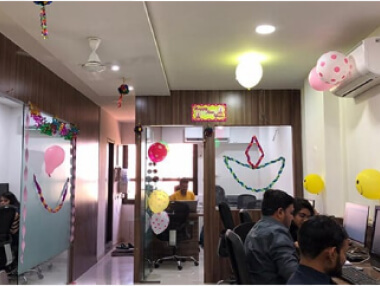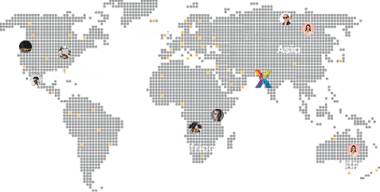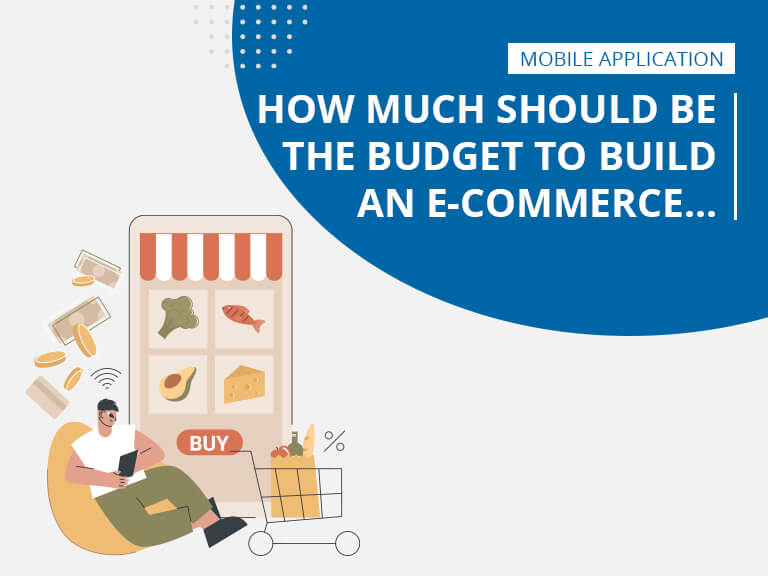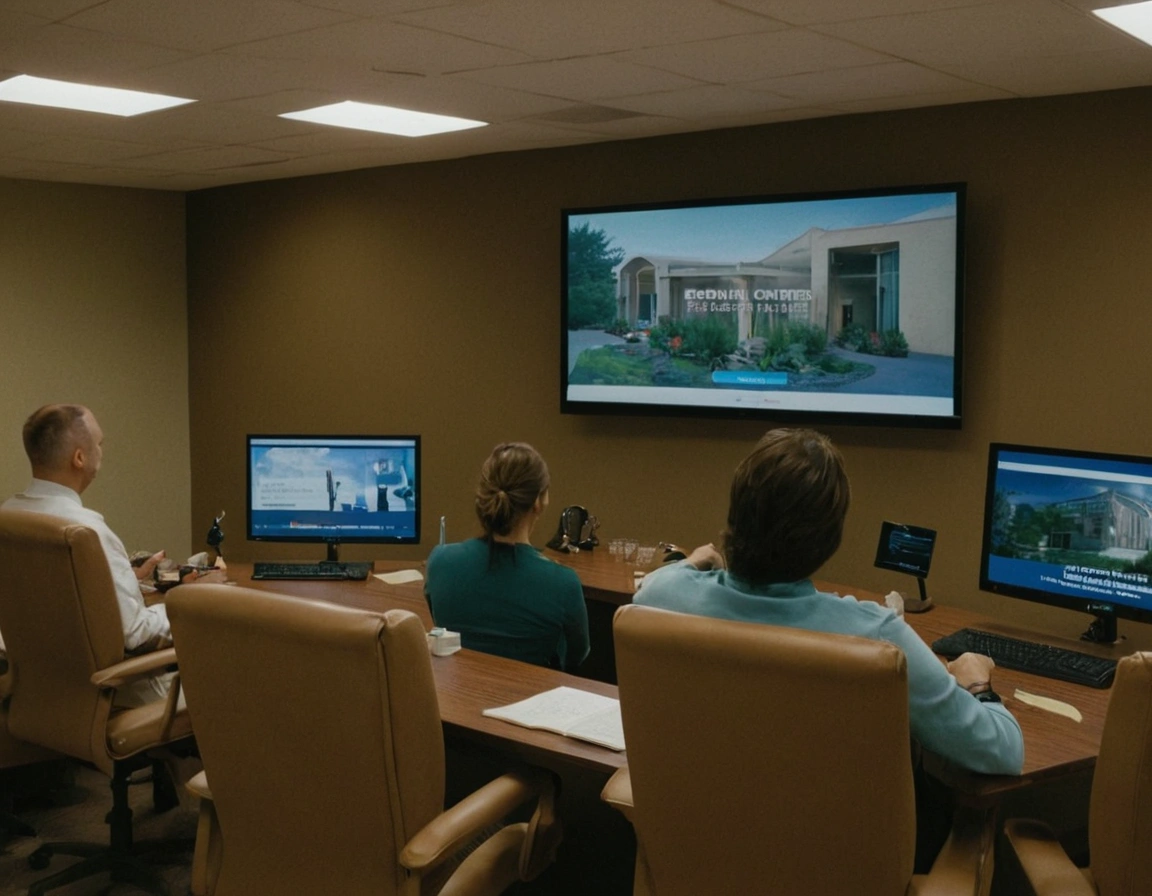By the end of 2019, the number of mobile users globally crossed 2 billion marks. It is only about time when everything will be done on the phones. We have already reached an extent where we order food from the phone. And our visits to a grocery store or the supermarket have curtailed to none, all thanks to e-commerce apps. Ecommerce apps have made it so simple and convenient for us to order things that there might be a new convenience store near the house and we may not even know it. If you too want to get the benefit of flourishing e-commerce business by making an e-commerce marketplace app, read on to know about the cost aspects of such an app.
Developer Cost
When you make an e-commerce app, you need someone more experienced and practical to code it, something only a few freelance developers possess. Hence, it is advised that you contact a reputed software management companies that can assign you a developer to Build an Ecommerce marketplace. This is important since a market app is far different from a normal app that books reservations for clients. The average cost of a developers’ firm can be anywhere from $25 to $150. All you need to do is tell the developer about the features and in-app functionalities. Also, the additional features you add may come with extra cost.
Elementary App Development
An elementary or entry-level app has all the basic features any e-commerce app should have. These features include registration of the user, simple UI, profile building, search query, push notifications, cart product addition, payment gateway, and tracking of payment, as well as the integration of payment API. All these entry-level features will be provided to your app as primary attributes and your app will be able to carry out elementary shopping activities. However, if you want something more than just product display and selling UI, you need to move forward to the transitional-level app. Also, the cost of app development of elementary level limits to $5000.
Transitional-Level Development
The transitional level is the next phase of app development when you Hire a Web Developer in India for an intermediate e-commerce app. Apart from the features, you get in an elementary app such as user login, profile, product display, and checkout; you receive a couple of updates at the intermediate level. These updates include an appealing UI, social media integration, a pack of app icons, search and delivery variables as per geo-location, and cloud syncing. The last feature, cloud syncing is exclusively added to make your app cross-platform and avail you the benefit of both Android and iOS users.
Enterprise-Level Development
The enterprise-level exceeds further in the case of amenities offered in the app. Here, you will get business from all the directions since your app will reach plenty of people with the help of push notification marketing. The features offered in an enterprise-level app include the features in intermediate-level plus interactive UI, login to social media, search by image and QR, search by barcode, order confirmation notification, multi-vendor conduct, multilingual support, data integration through the cloud, and global product search. All these features reduce the efforts of users and this brings more product finders to your app. If you Hire a PHP Developer in India, then this app can be prepared to launch in a sum of approx. $20,000 with all the additional inputs.
Consumer Support
The consumer support section is an add-on and can be installed in the app for in-app customer complaints resolution. The complaint resolution is ideally a URL or an email address where the customer has to draft his complaint, but if you increase your budgets, then the in-app consumer issue resolution system can avail the customer with an option to get contacted by the support staff at your call center. This builds trust and consumer reliability. With this future, the customers’ belief in your app increases, and that forms client retention. So, if you want a truly reliable app, this piece must be added to the help section.
Payment Preferences
An ordinary app has only a couple of payment preferences which include debit/credit card payment and net banking rerouting. If you manage to surge your financial plan to $200, you can get this independent feature of multiple payment preferences. These payment options have a variety of platforms out of which, one will be available at the customer’s end. The options include multiple wallet apps, Unified Payment Interface (UPI), in-app vouchers, and bank account links. With a bouquet of payment options, the customer feels comfortable in purchase and checkout. This comfort has the potential of giving the app the status of lifetime retention.
Bucket List Alternative
The bucket list is a more layman term for the wishlist. It happens a lot with the visitor that he likes a product but doesn’t purchase it. The reasons behind this can be many including color variant unavailability, delivery charges, or the cost. But, if you give them a cart where they can save the things they want to buy and notify them about the said product updates with push notifications, then one day the customer will purchase that product. This option is called the bucket list. A bucket list can be added as an additional cart and the cost of this addition is not more than $50.
Offers
Every customer loves words like discount, sale, offer, and seasonal stock clearance. You need to focus on what customers need to make sales on it. You can introduce special offers in which the visitor needs to share your app’s discount offer to several contacts and he can be entitled to win certain products. For this to take place, you need to integrate app sharing, contact syncing, and app download redirection in your e-commerce app.
Conclusion
All the features discussed here come under the cost structure of necessary app add-ons. If you are looking for a developer that converts these scripts into real-time app updates, take a look at the Xceptive Solutions LLP.






